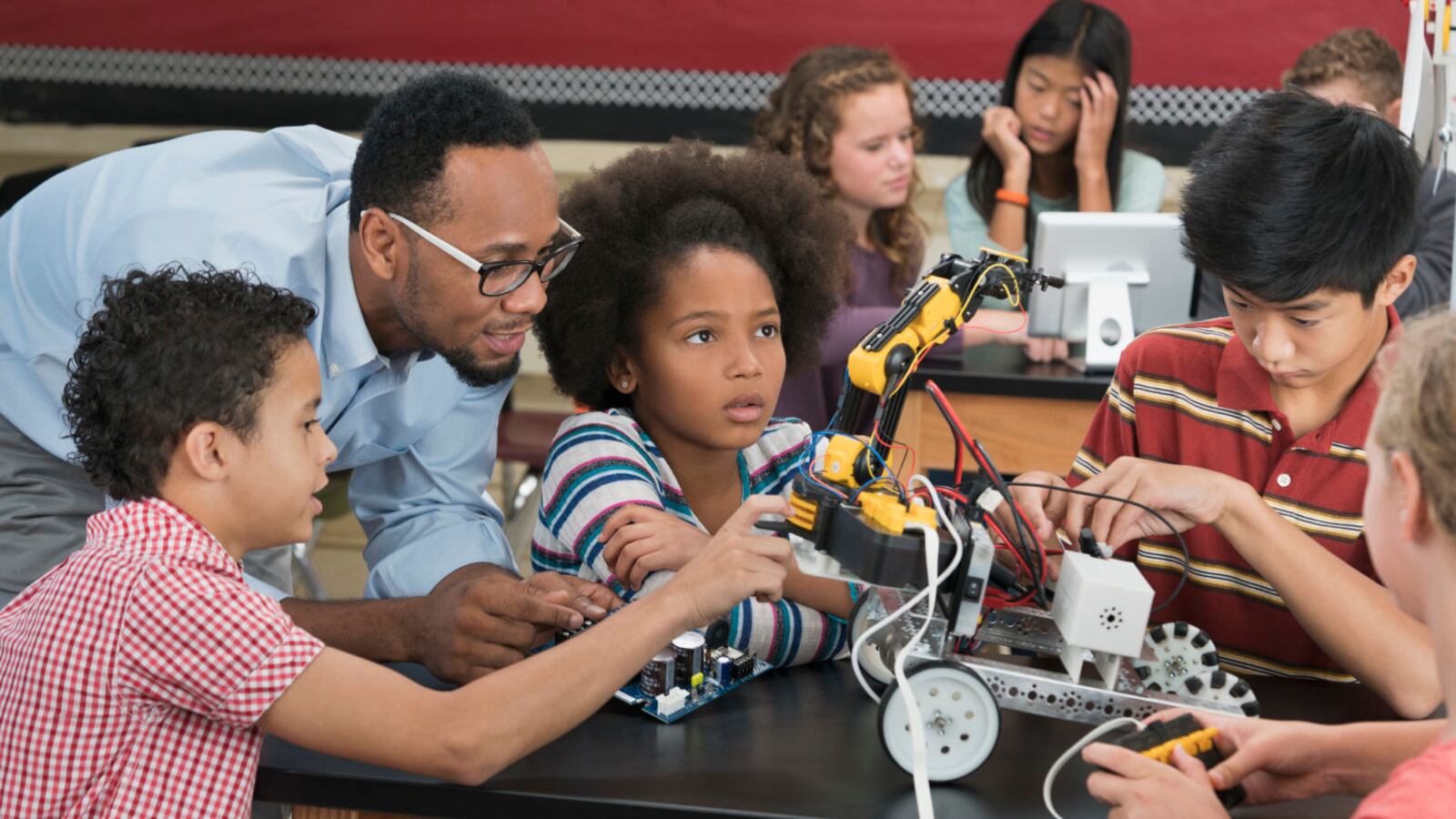A new report about serious challenges facing children of color in Michigan finds that just a fraction of Black and Latino students have teachers who look like them.
Research shows that students of color are more likely to succeed if they have teachers and role models they can identify with racially or ethnically. But a report from the Michigan League for Public Policy found that while a third of Michigan students were children of color in the 2017-18 school year, more than 90 percent of teachers and 80 percent of administrators were white.
The report also found that the percentage of African-American teachers in Michigan has been in decline and notes that teachers of color are more likely to work in urban areas where conditions are more difficult, salaries are lower, and turnover tends to be higher.
“We have to start looking at the teaching profession as one that’s very important and provide teachers with competitive pay and benefits,” said Gilda Jacobs, President and CEO of the League, which is a non-partisan organization that advocates for economic opportunity in Michigan. “If we want kids to be successful … teachers have to be respected as professionals.”
That lack of diversity among teachers is just one reason why the report finds that children of color are struggling in schools.
Faced with challenges related to poverty, including health problems and unstable housing, they’re more likely to have chronic school absences, and to change schools frequently, which can affect their ability to succeed. High dropout rates and low scores on state exams are also more common.
That means they will be disproportionately affected when a new state law takes effect in 2020 that will require third-graders to pass state reading exams in order to advance to the fourth grade.
Jacobs said that supports for struggling readers that were promised when the third-grade reading law first passed have not materialized, putting low-income children of color at risk of facing the grave academic consequences that come with being held back.
“Because we didn’t provide the right resources, we’re now setting up perhaps generations of kids that are not going to be successful because we’re holding them back,” Jacobs said. “We have got to do better by our kids and honestly we really have to take a look at the fact that there really are higher costs to educate kids in high-poverty schools. We need to address that when we do our budgeting in the state.”
Scroll down to read the full report.

